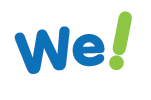How to Create an Agenda for a Virtual Meeting
How to Create an Agenda for a Virtual Meeting
Set Your Intentions in Real Time and Get Your Team Involved
Recently, I led a virtual team meeting and afterward, about 20% of the team emailed me asking to see a picture of my floor. The reason? Well, that has everything to do with how you can create an agenda for a virtual team meeting.
I’m going to unpack the technique I use, which I think you’ll really love. Whether you have a large or small group, it will make your meetings immediately more interesting, engaging and memorable.
Then for those of you who have too much to do and too little time, I’ll share a second technique to set an agenda while you’re meeting virtually. You can do this with zero prep time at the beginning of the meeting.
All the Buzz About My Floor
The reason so many people were curious about my floor was because that’s where I had laid out my agenda. If I want my agenda for a virtual meeting to be more engaging and interesting, I create an analog version. I don’t put it on a PowerPoint slide or a digital word document.
In this case, I had my agenda stretched out as a series of 10 to 15 objects on the floor. I knew the meeting was going to take place in the order I had it laid out. So when we finished object No. 1, we moved to object No. 2.
First, I had a question that I held up to the camera and invited people to answer in the chat. Then, I put on a hat that helped me visually frame the intention for the session. Then I held up an object that represented a story to kick things off, and on it went.
There’s also an entire design framework that I had in mind when I created the agenda and flow for the session. I incorporated ingredients we talked about in the first chapter that make virtual engagement easy. That includes hooking people on the reason for the meeting by clearly stating your intention and engaging team members right away during the unofficial start.
For other meetings and even when I record video tutorials, I might have a simple agenda laid out on my desk. At the beginning of the virtual meeting, I sometimes hold up a quote. I have one from Norah Jones in front of me right now: “I don’t try to sound like anyone but me anymore,” she says. “If something is out of my element, I try to avoid it.” With the right group, that may be a powerful way to frame the context or purpose of a gathering.
I would simply hold up a card with the quote on it to show the group as an unofficial start to the meeting. I do this while people are logging in and before I’ve gotten to any official agenda items. I might just invite people to unmute or type in the chat what this quote makes them think about.
The unofficial start gets things rolling. It sparks some immediate engagement. It’s not obligatory small talk—like, How was your weekend? What’s new? That doesn’t really energize a meeting in any way. Kicking off with something that is both novel and thoughtfully connected to the purpose of the gathering sparks great energy at the beginning of a meeting.
You could choose a quote, question, activity or prompt that would fit the purpose of your meeting. You don’t need to spend more than a minute or two preparing for this.
Use Analog Visuals to Elaborate on Your Agenda
I like to use analog visuals during virtual meetings. So to set the tone for a meeting and check the temperature, I might use two oversized cardboard emojis: an overwhelmed, sad face and a thumbs up. Then I’ll tell everyone, if you’re feeling a little bit overwhelmed, exhausted and unclear about what you’re doing this month (holding up the overwhelmed emoji), my hope is that you leave feeling like, “Aha, I got it” (thumbs up) by meeting’s end.
When I hold these visual elements up to the webcam, something in people’s brains goes off. Most agendas are just an 81/2-by-11-inch document or a screen-shared PowerPoint slide. There’s nothing really inherently wrong with those mediums. It’s just that the brain loves visual data. So in a virtual meeting, it’s really useful to mix it up. Do something interesting.
One of my favorite books, Made to Stick: Why Some Ideas Survive and Others Die, by Chip and Dan Heath, highlights the value of creating “curiosity gaps.” This concept helps explain why so many people emailed me about my floor. You can see all this context behind me when I have my video on. But just out of frame in the “gap” was my agenda, all spread out. People wanted to see that visual element that was just out of sight.
Your agenda is the big picture snapshot of what you’re going to do in your meeting. But you can also hold up analog visuals throughout the meeting to improve engagement. After a while, people anticipate you’re going to share more visuals. This creates what in psychology is described as variable reward. It’s like when you pull that slot machine handle, you could always win. People wonder, “What’s he going to hold up next?”
So if I tell the group we’re going to start the meeting with a listening exercise, I might hold up a plushy ear. (Yes, I have one of those lying around for just such an occasion.) People seem to respond to that. It’s like their brain says, “I’m awake, and I’m interested.” All of a sudden this feels a little bit more real and purposeful.
Now I recognize this is a very unconventional way to set an agenda. It’s also not practical to do all the time. You don’t need to be going on a scavenger hunt around your house or your office and grabbing objects that fit your agenda for every single meeting.
But for a big meeting or when you really want to create a memorable experience, it may be worthwhile to prepare in this way.
Live Set Your Agenda During Your Virtual Meeting
The second technique I want to share is a really great tool to set a virtual meeting agenda in real time. A client I was working with calls it a “super chat.”
You can do this on any virtual platform that has the chat feature. To execute a super chat, have everybody type something in the chat, and pause. Don’t share it yet. Then, on the count of three, have everyone hit enter. All those chat messages will go through at the same time.
Should I be presenting to a big group, I might suggest that if we all press enter at the same time we could break Zoom or whatever platform we’re using. Issuing a challenge like this just adds a pinch of intrigue.
A super chat is a phenomenal way to get your whole group involved and live set an agenda. The approach doesn’t favor the extroverts and the leaders in the group, who would likely weigh in anyway. It encourages everyone to share their thoughts.
For a prompt I may ask, “What do you need to accomplish by the end of this 60 minutes to be able to feel like this was time well spent?” Then I’ll have everyone type their answers into chat, but not hit enter immediately.
The result? You eliminate groupthink and everyone shares their outcome-focused intention for the meeting. The chat then serves as a reference point. It becomes the meeting agenda. Everyone has ownership of the meeting because they’ve all shared what they want to accomplish.
If people can’t answer that prompt—or something like it—they probably shouldn’t be in that meeting. Everyone should know why they’re meeting or what they want to get out of the meeting.
As Priya Parker says, and I’ve repeated many times, we’ve got to meet for purpose, not for time. So often we set a meeting for a certain time. Then, whether there’s an agenda or not, we meet for a set amount of time. Instead, we should know what we want to discuss and accomplish.
Whatever it is, that needs to be laid out on the table in the very beginning. If you want to be a really great meeting facilitator, combine the two techniques above. Find out what people want to get accomplished at the beginning of the meeting. Then use analog visuals as prompts throughout the meeting. Doing that will greatly improve productivity, connection and engagement when you meet virtually.

